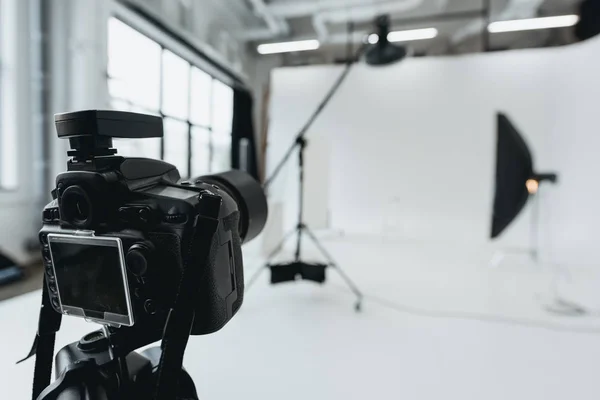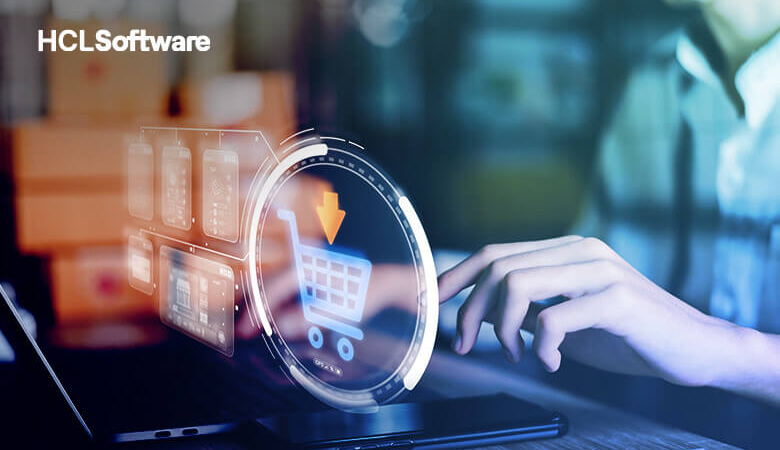What You Should Know About Product Photography Gear

Every e-commerce business must have product photography. It is one method companies use to increase the amount of website engagement and foster client loyalty to their brand. Additionally, higher online engagement boosts revenue for businesses. The company’s revenue also rises as a result of increased sales. But each business must employ the appropriate product photography gear in order to reap the full benefits of this marketing strategy. This is why product photography companies like Squareshot are founded to give e-commerce businesses the best product photography. We will discuss this topic in depth next.
What Is Product Photography Gear?
All equipment used to create product photography photos is referred to as product photography gear. This comprises cameras, backpacks, lenses, batteries, filters, holsters, tripods, slings, monopods, and camera straps as well as bags, bean bags, and cases. It also includes light modifiers, reflectors, light stands, and backgrounds. Each of these pieces of gear is crucial to the product photography quality. If you have the proper tools, you can capture a high-quality product image.
Functions of Each Piece of Product Photography Gear
The function of each piece of equipment and its significance should be understood now that we are more familiar with product photography gear. Understanding this will help us understand why we require each one. They are also divided into groups based on how similarly they carry out their respective functions. Let’s look at them now.
Group 1: Essential shooting tools
Two pieces of equipment are the most essential out of all the product photography gear. These indispensable items are the camera and a lens. Let’s examine them more closely.
Camera: The main purpose of a camera is to take pictures. However, the ideal camera for taking product photos needs to have a minimum resolution of 20 megapixels, the capacity to mount an interchangeable lens, the capability to connect a camera to a computer while the shoot is taking place, and a hot shoe mount for mounting a flash or a microphone. A digital single-lens reflex (DSLR) camera is advised as the ideal tool for product photography intended for product shots. A further advantage of this kind of camera is that it enables photographers to better compose images before snapping the shot. DSLR cameras also are compatible with digital interchangeable lenses, which result in the greatest high-resolution photographs.
Lens: A lens is a specular reflection optical device that employs refraction to concentrate or scatter a light beam. The ideal lens for product photography will feature a wide aperture, a 50–100 mm focal length, quick and accurate autofocusing, and a short minimum focusing distance.
Group 2: Accessories and lighting
Flashes, reflectors, light modifiers, and diffusers are just a few of the items used in product photography that come under this category. A reflector is a piece of photographic equipment that directs light toward a subject being photographed; it works well to add fill light or reduce shadows.
Group 3: Instruments for fixing and positioning
Part of the equipment used for product photography serves to support or fix the camera and other equipment in place. These tools are intended to place the product photography gear in the proper position. Examples include the tripod, C stand, camera straps, slings, and holsters as well as light stands and grips.
Group 4: Other equipment
These various devices are tools that help prepare the equipment for product photography shoots. They prepare the objects for the shot by cleaning, labeling, and mending them.
Conclusion
The quality of the product image depends on the type of product photography gear utilized. This in turn affects how engaged consumers are and how successful sales are.




